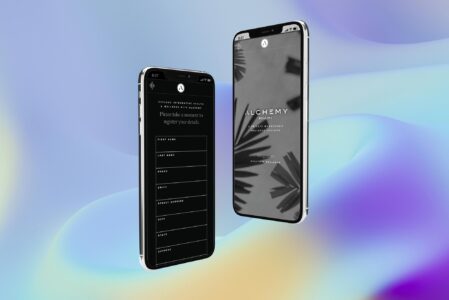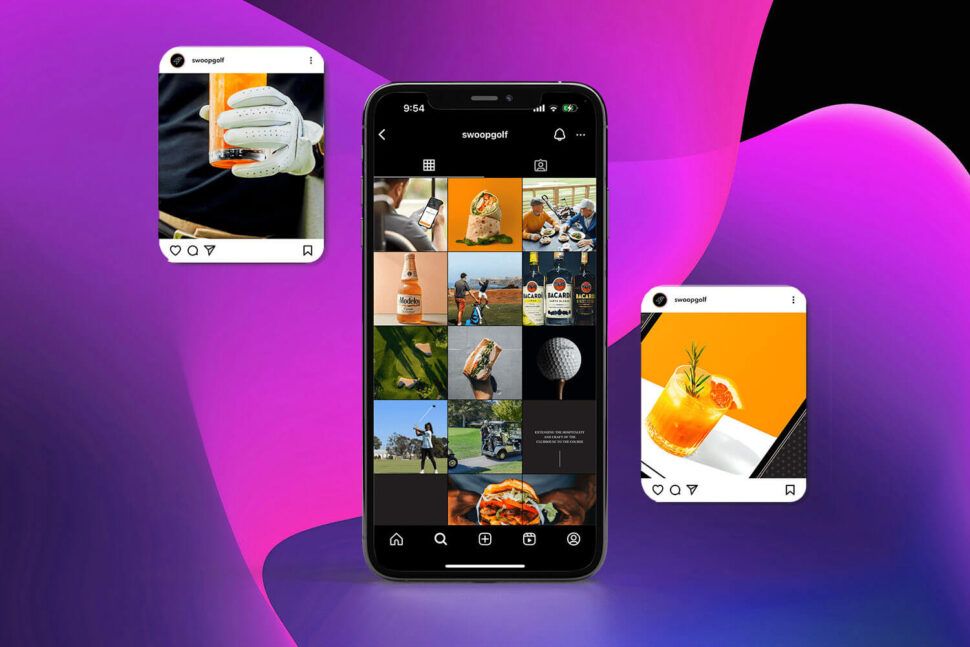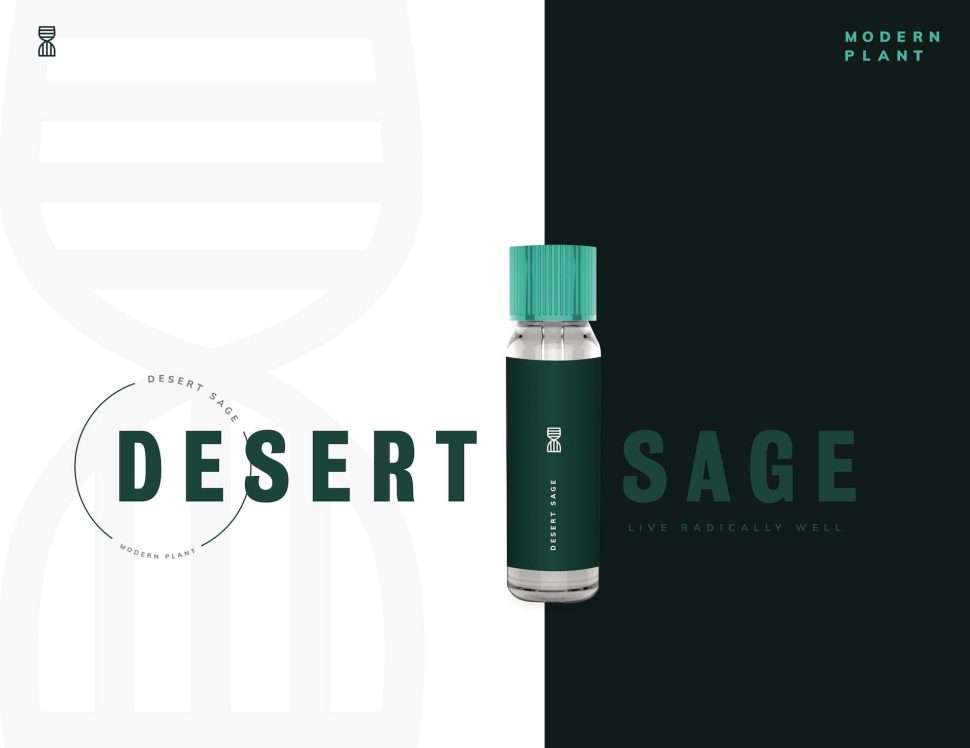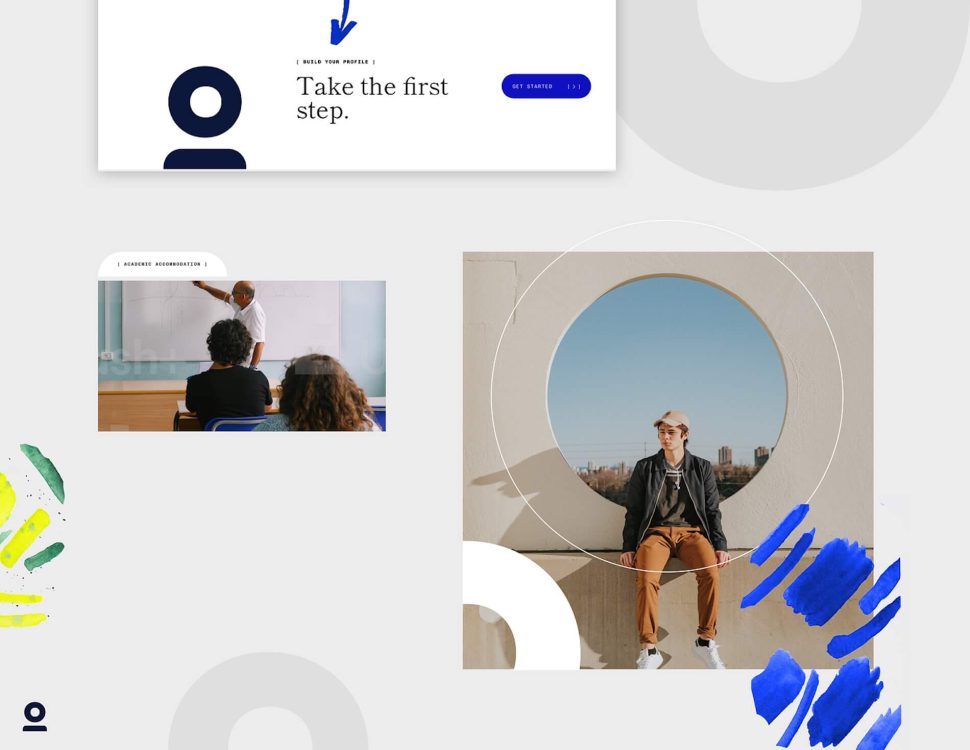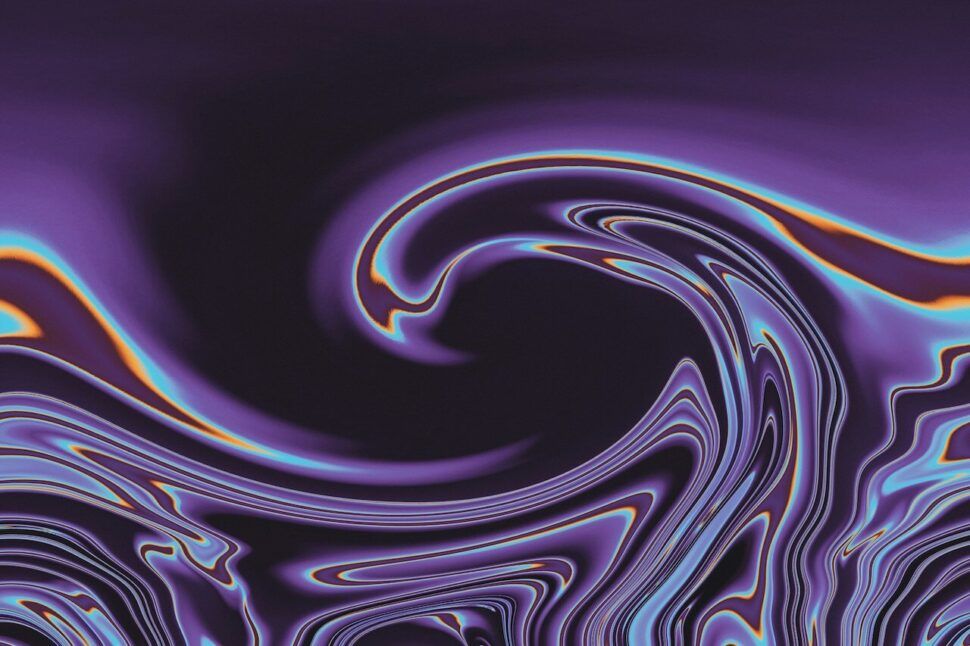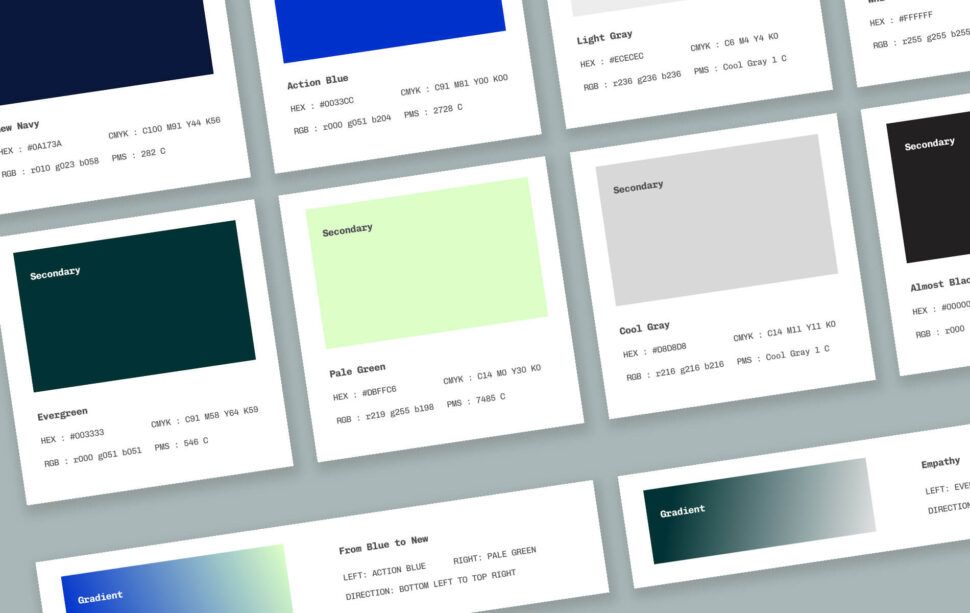August 4, 2024
Maximizing ROI: The Impact of Color Psychology in Branding
- Visual Soldiers
- Branding
- minute read
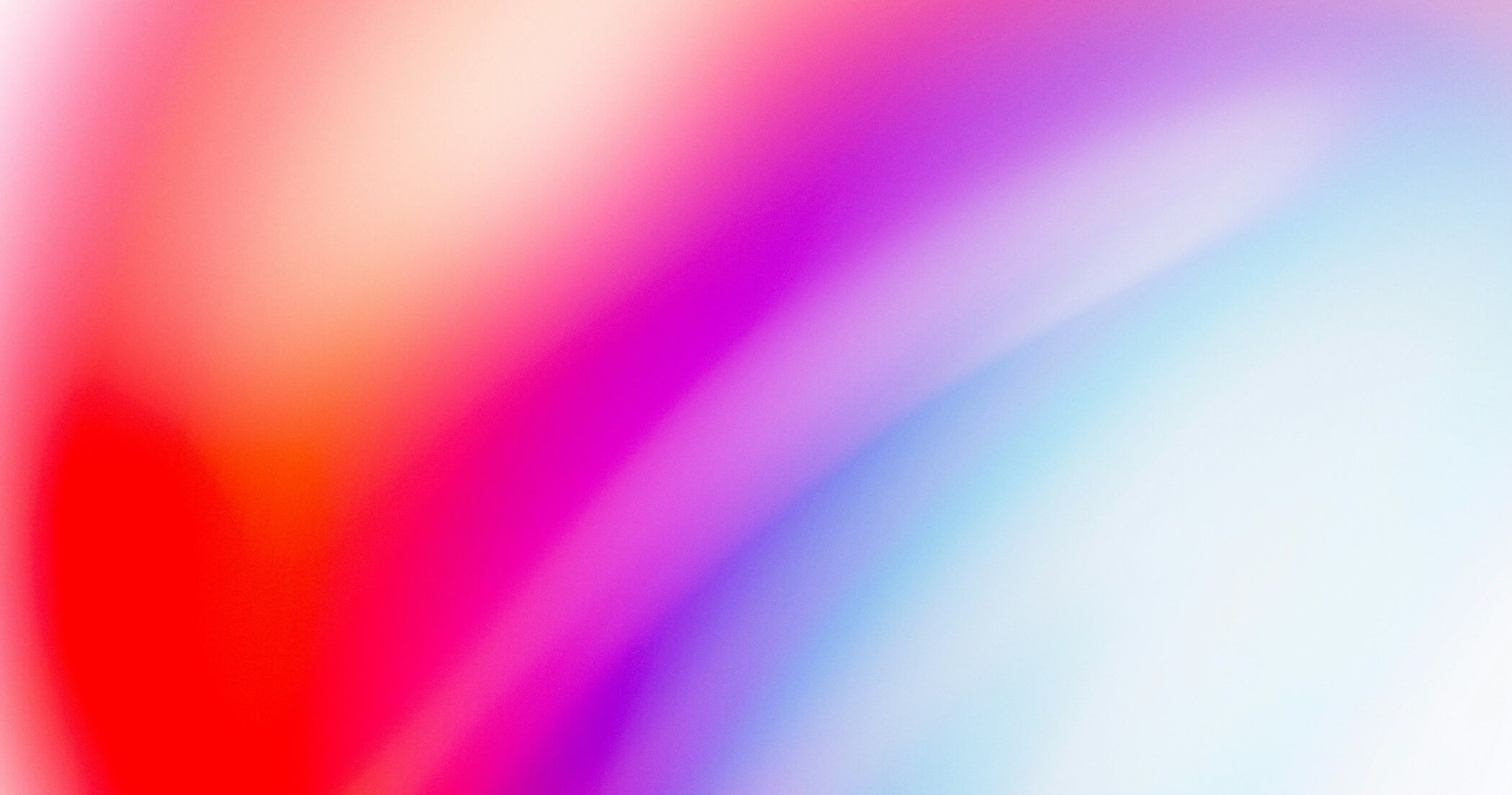
Understanding the nuanced elements that can influence consumer behavior is crucial. One such element, often overlooked but immensely powerful, is the impact of color psychology in branding. Colors are not just visual stimuli; they evoke emotions, influence perceptions, and drive decisions. This makes them a potent tool for maximizing ROI in branding efforts.
Color psychology delves into how different hues affect human emotions and behaviors. This field of study reveals that the strategic use of colors can significantly affect how a brand is perceived and recognized. Brands that master the art of color psychology in their branding can enhance their market presence, foster customer loyalty, and ultimately achieve a better return on investment (ROI).
Consider iconic brands like Coca-Cola, which has harnessed the power of red to evoke feelings of excitement and passion, or Facebook, which uses blue to convey trust and reliability. These examples underscore the ROI impact of color psychology in branding, demonstrating how deliberate color choices can resonate deeply with audiences and drive business success.
By analyzing the ROI impact of color psychology in branding, we can uncover valuable insights into consumer behavior that inform more effective marketing strategies. Measuring key performance indicators (KPIs) such as brand recognition, customer engagement, and conversion rates allows businesses to quantify the effectiveness of their color choices. Understanding how color influences purchasing decisions is pivotal in crafting a brand identity that not only stands out but also maximizes ROI.
As we explore strategies to leverage the ROI impact of color psychology in branding, it becomes clear that selecting the right color palette is both an art and a science. By incorporating color psychology into branding strategies, businesses can align their visual identity with their brand message, fostering a stronger emotional connection with their target audience. With the evolving preferences in color trends, staying ahead of these changes can further enhance a brand’s competitive edge.
Understanding Color Psychology in Branding
Introduction to Color Psychology: Definition and Importance
Color psychology is the study of hues and their influence on human behavior and emotional states. In the realm of branding, understanding how colors affect perception and decision-making can be pivotal. Businesses often leverage color psychology to craft brand identities that evoke specific feelings, thereby affecting consumer behavior and purchasing decisions. The ROI impact of color psychology in branding can be substantial, making it a vital consideration for marketers and designers alike.
How Colors Evoke Emotions and Behavioral Responses
Colors have a profound ability to elicit emotions and drive actions. For instance, the color red often symbolizes urgency and excitement, prompting quick decision-making. Blue, on the other hand, is associated with trust and reliability, making it a popular choice for financial institutions and tech companies. Understanding these connections can help create more effective marketing strategies, enhancing the ROI impact of color psychology in branding. Moreover, the psychological effects of colors can vary with culture and context, necessitating a tailored approach for different target audiences.
Case Studies: Successful Brands Utilizing Color Psychology
Let’s take a look at some brand case studies that have successfully incorporated color psychology:
1. Coca-Cola: The iconic red of Coca-Cola is no accident. Red is known to stimulate appetite and excitement, making it an excellent choice for a beverage brand. This decision has not only made Coca-Cola instantly recognizable but also contributed to its market dominance.
2. Facebook: The blue color scheme is pivotal for Facebook. Blue is perceived as trustworthy and dependable, aligning with the platform’s mission to connect people in a reliable space. This color choice helps build a sense of security and trust among users.
3. Swoop: One of our latest UX/UI design case studies is Swoop. The vibrant orange hue used by Swoop is specifically designed to evoke feelings of sport and speed. This color choice communicates that their app and process prioritizes uninterrupted speed of play (a big deal for avid golfers) by having access to a more deluxe menu of food and beverage options than what’s typically available on the club cart that comes around.
These brands showcase how strategic use of color can enhance brand recognition and resonate with target audiences, ultimately leading to a better ROI impact of color psychology in branding.
Ready to integrate color psychology into your branding strategy?
Visual Soldiers is a leading digital agency that understands the importance of color psychology and employs it deftly in various projects. We assist businesses in harnessing the power of color to create compelling brand identities that drive success.
Book a Call View Case StudiesThe Connection Between Color Psychology and ROI
Analyzing the ROI Impact of Color Psychology in Branding
One of the most intriguing aspects of branding is how colors can deeply influence the return on investment (ROI). When thoughtfully executed, the color psychology in branding can significantly enhance consumer perception, drive engagement, and ultimately boost sales. But how exactly does this intricate dance of hues translate into measurable financial performance?
Effective use of color can make a brand memorable and increase its visibility. Research indicates that up to 90% of snap judgments about products can be based on color alone (depending on the product). This showcases the potential ROI impact of color psychology in branding because the immediate visual appeal can sway a consumer’s decision to engage with a brand or purchase a product.
Metrics and KPIs: Measuring the Effectiveness of Color Choices
To quantify the ROI impact of color psychology in your branding efforts, it’s essential to define and track relevant metrics and Key Performance Indicators (KPIs). Here are some critical metrics:
1. Conversion Rates: Look at the before-and-after data concerning color changes in your marketing materials or website. Higher conversion rates often indicate that the new color palette is resonating with your audience.
2. Brand Recall: Use surveys to measure brand recall and recognition. Higher brand recall is a clear indicator of effective color usage driving marketing success.
3. Customer Engagement: Monitor social media metrics, including likes, shares, and comments, to gauge how well your color choices are engaging your audience.
4. Sales Revenue: Evaluate quarterly or annual sales data to determine any impact color-related changes have on revenue.
For example, if after a rebranding effort with a new color scheme, there is a noticeable uplift in these KPIs, it’s safe to attribute part of that success to the strategic use of colors.
Consumer Perception: How Color Influences Purchasing Decisions
Understanding how consumers perceive and react to different colors can offer invaluable insights into enhancing your branding strategy. Various colors evoke certain emotions and can psychologically influence purchasing behavior:
1. Red: Often associated with urgency and excitement, red is frequently used in clearance sales and call-to-action buttons.
2. Blue: Blue denotes trust and dependability, making it a popular choice for financial institutions and tech companies.
3. Green: Symbolizing nature and tranquility, green is perfect for brands in health and wellness sectors.
4. Yellow: Conveys optimism and cheerfulness, though it can be overpowering if overused.
By leveraging color psychology in branding, you are not only making aesthetic choices but also strategic decisions that drive consumer behavior and financial outcomes. Therefore, understanding the deep-seated emotional triggers associated with colors can provide an edge in your marketing efforts and maximize ROI.
Strategies to Maximize ROI through Color Psychology
Best Practices: Choosing the Right Colors for Your Brand
Identifying the right colors for your brand is critical for maximizing ROI. Color psychology plays a pivotal role in building a strong, appealing brand image that resonates with your target audience. Here are some best practices to follow:
1. Understand Your Audience: Before selecting colors, it’s essential to understand your target demographic’s preferences and cultural connotations. For instance, while white symbolizes purity in Western cultures, it often denotes mourning in Eastern cultures.
2. Align with Brand Values: Choose colors that align with your brand’s core values and message. If your brand is environmentally focused, green, symbolizing nature and sustainability, might be the predominant color.
3. Competitive Analysis: Analyzing competitors’ color schemes can provide insights and help you stand out. Strive for a color palette that differentiates your brand yet resonates well within your industry.
4. Simplicity is Key: Avoid using too many colors which might confuse your audience. A well-balanced color palette with 2-3 primary colors and 1-2 accent colors is usually effective.
Incorporating Color Psychology in Branding Strategies
Integrating color psychology into your branding strategy can significantly enhance the ROI impact of your marketing efforts. Here’s how:
1. Consistent Brand Colors Across Channels: Consistency in color usage across all branding channels ensures a seamless and recognizable brand experience. Whether it’s your website, social media platforms, or physical advertisements, consistent use of your brand colors reinforces brand identity and trust.
2. A/B Testing: Test different color palettes in your marketing campaigns to see which ones generate the best responses. For instance, if a specific call-to-action button color results in higher click-through rates, incorporate that color in similar contexts.
3. Emotional Targeting: Use colors to evoke specific emotions and align them with your marketing goals. For example, red, a color that often invokes urgency and excitement, is ideal for promoting sales and limited-time offers.
4. Adapt to Seasonality: Adjusting your brand colors to align with seasonal trends can make your brand appear relevant and timely. Use warmer colors during summer and cooler tones in winter promotions to align with consumers’ seasonal emotions.
Future Trends: Evolving Color Preferences and Their Potential ROI Impact
As consumer preferences evolve, keeping an eye on color trends is crucial for maintaining a competitive edge. Understanding how these shifts might impact the ROI of your branding efforts is essential.
1. Technology and Virtual Reality: As VR and AR technologies become more mainstream, there will be a shift in how colors are perceived and utilized. Immersive environments that require specific color adaptations may become essential for impactful branding.
2. Sustainable and Natural Palettes: With increasing awareness of environmental issues, colors that symbolize sustainability such as shades of green, earthy browns, and soft pastels, are likely to gain popularity. Brands adopting these palettes can expect to resonate well with eco-conscious consumers.
3. Cultural Dynamism: As globalism continues to evolve, understanding and incorporating multicultural color significances can enhance brand acceptance and broaden market reach. Being culturally sensitive and adaptive can lead to higher ROI through expanded, diverse customer bases.
4. Personalization and AI: With the rise of AI-driven personalization, brands can customize color schemes to individual consumer preferences, enhancing engagement and conversion rates. Investing in AI tools to analyze consumer color preferences can offer a sophisticated approach to maximizing the ROI impact of color psychology in branding.
By leveraging these strategies and staying attuned to future trends, businesses can harness the power of color psychology to drive strong ROI and build lasting brand connections. How will you use color to transform your branding strategy?
Conclusion
The ROI impact of color psychology in branding is undeniably significant. By understanding how different colors evoke emotions and drive consumer behavior, businesses can craft more compelling brand experiences that resonate with their target audience. We’ve seen through various case studies that successful brands have harnessed the power of color to not only attract but also retain customers, ultimately boosting their ROI.
The connection between color psychology and ROI is evident through the measurable outcomes such as increased brand recognition, enhanced customer loyalty, and improved sales figures. Through careful analysis and the use of metrics and KPIs, businesses can effectively gauge the effectiveness of their color choices and make data-driven decisions to optimize their branding strategies.
Employing best practices in color selection and staying attuned to evolving color trends can further enhance the ROI impact of color psychology in branding. As consumer preferences continue to evolve, brands that adapt and incorporate forward-thinking color strategies will likely see sustained success and growth.
Visual Soldiers is committed to helping businesses leverage expert creative services to maximize these outcomes. Our team specializes in integrating color psychology into comprehensive branding strategies that not only captivate but also convert customers.
As you explore the powerful world of color psychology and its potential to revolutionize your brand’s ROI, consider how updated color strategies could drive your brand forward. How will you use color to create the next impactful moment for your business?
